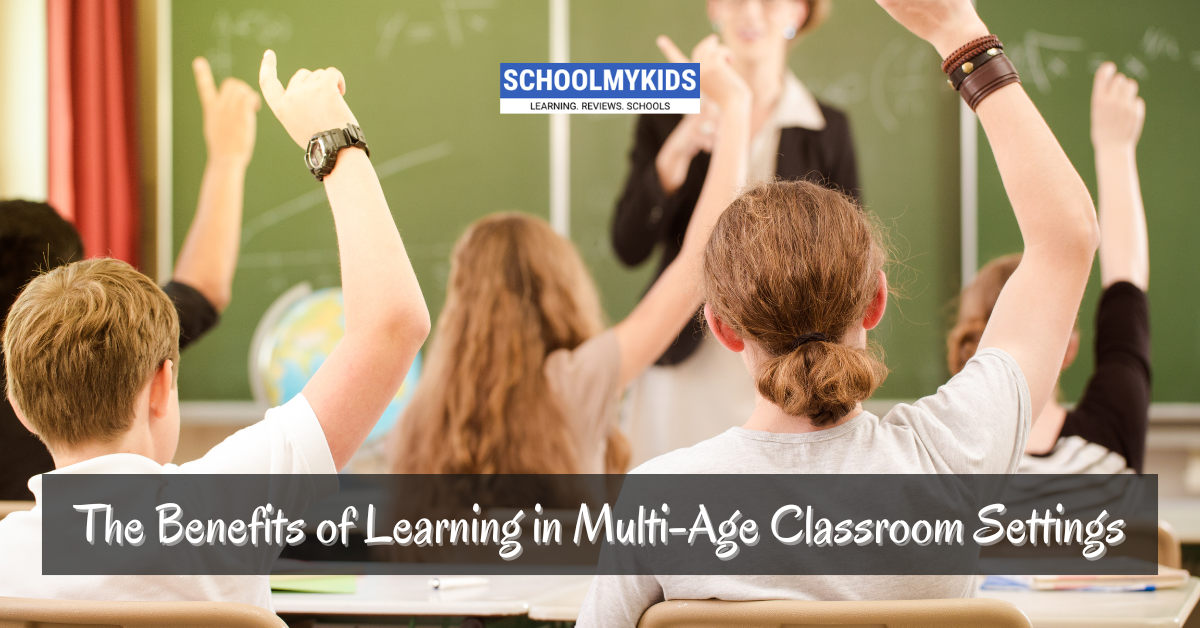The traditional classroom, where children of the same age learn together, has been a cornerstone of education for centuries. However, in today's rapidly evolving world, a new approach is gaining traction: the multi-age classroom. While unfamiliar to many parents, this concept offers a unique and enriching learning environment. Let's explore why it might be the right fit for your child.
Why Multi-Age Classrooms Matter Now?
Our children are growing up in an increasingly complex and interconnected world. To thrive, they need skills like adaptability, problem-solving, and collaboration. Multi-age classrooms offer a perfect environment to cultivate these qualities.
In a multi-age classroom, children of different ages learn together. This dynamic setup fosters a sense of community and cooperation. Younger students look up to older peers as role models, while older students develop leadership and mentoring skills. It's like a miniature society where everyone has something to offer and learn.
Breaking Free from the Traditional Mold
Traditional classrooms often focus on rigid age-based expectations. But children develop at different paces. A multi-age classroom recognizes this diversity and caters to individual needs. Instead of comparing children to their peers, the focus shifts to personal growth and achievement.
Imagine a classroom where a child who excels in math can challenge themselves with advanced concepts while a classmate who needs more time to grasp the basics receives the required support. This personalized approach is at the heart of multi-age learning.
What are the Benefits of a Multi-Age Classroom?
These classrooms are characterized by a strong sense of community, collaboration, and individualized learning. Teachers in these settings are skilled at differentiating instruction to meet the requirements of all students.
- Individualized Learning: Here, teachers can tailor their instructions accordingly. This flexibility allows for personalized learning experiences accommodating varying abilities and learning styles. Students can advance when ready rather than being confined to a predetermined pace dictated by their age group.
- Peer Learning and Mentorship: Older students often participate in mentorship, helping younger peers navigate challenges and learn new concepts. This dynamic reinforces the older students' knowledge and encourages a sense of community and cooperation among classmates.
- Social and Emotional Development: Interacting with peers of different ages enhances social skills and emotional intelligence. Younger students learn valuable lessons in empathy and cooperation, while older students develop leadership qualities and a sense of responsibility.
- Continuity and Stronger Relationships: In multi-age classrooms, students often remain with the same teacher for multiple years. This continuity allows educators to build deeper relationships with their students, gaining a better understanding of their unique strengths and challenges. Such relationships can lead to a more supportive and nurturing learning environment.
- Reduced Competition: Multi-age settings tend to diminish the emphasis on competition and grades, creating a more relaxed atmosphere where students can focus on personal growth rather than comparison with peers. This significantly reduces stress and anxiety associated with academic performance.
Making the Right Decision
Choosing the right educational environment for your child is a significant decision. While multi-age classrooms offer many benefits, weighing the options carefully is important. Consider the following:
- Your child's learning style: Does your child thrive in a collaborative or independent setting?
- The school's philosophy: Research the school's approach to multi-age learning.
- Teacher qualifications: Experienced teachers who understand the dynamics of multi-age classrooms are essential.
- Your child's social and emotional needs: Consider if your child is ready to interact with a wider age range.
Conclusion
Remember, the best learning environment for your child depends on their unique needs and personality. Multi-age classrooms are not a replacement for traditional classrooms. Both have their merits. The key is to find the educational approach that best supports your child's growth and development.








Be the first one to comment on this story.